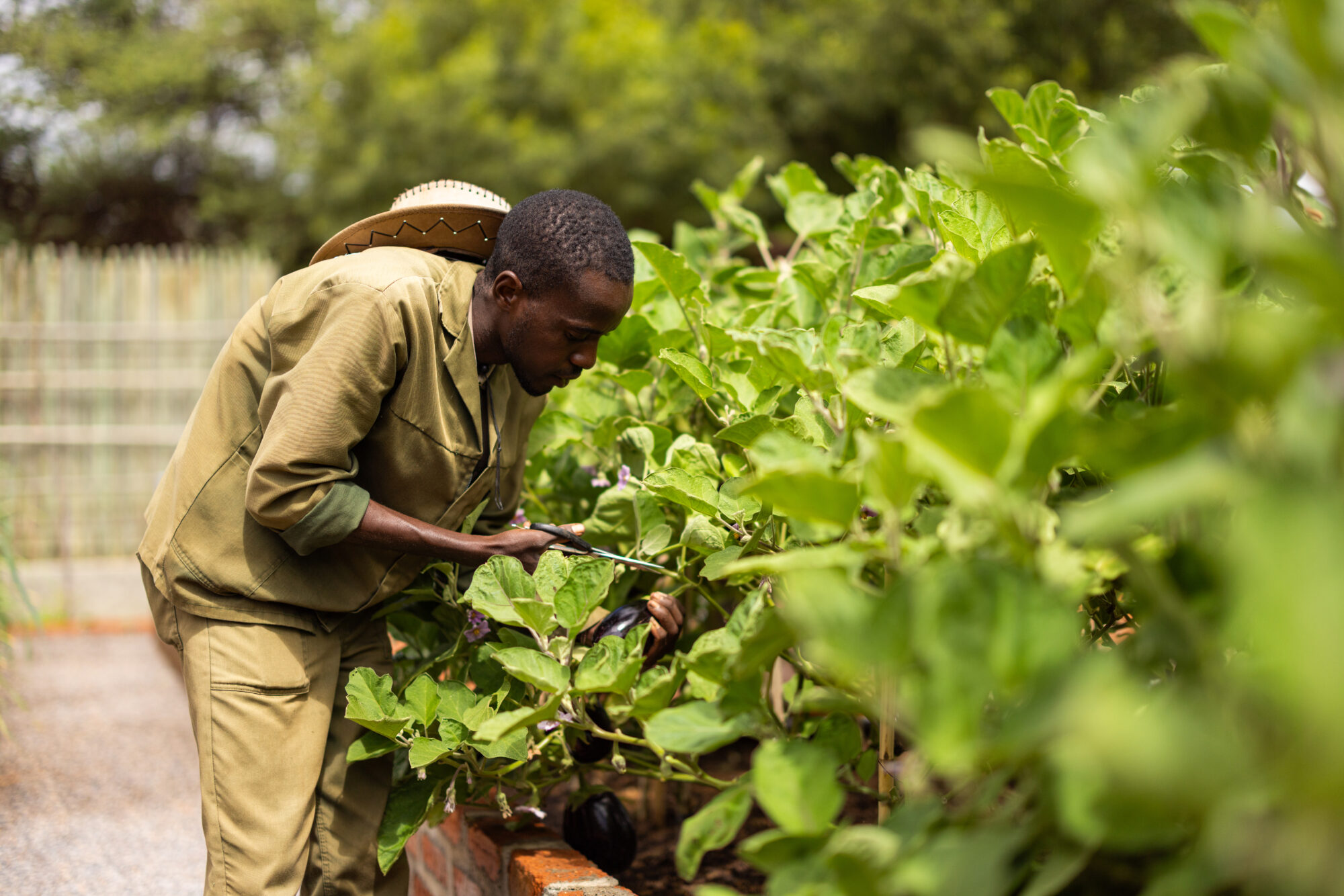Some banks – often in partnership with development finance institutions – are beginning to bridge this gap. By unlocking capital for SMEs, they can accelerate energy efficiency and sustainable production while supporting job creation and social impact. “SMEs are pivotal in advancing green transition and driving social impact across Africa,” says Islam Zekry, Group Chief Finance and Operation Officer at Egypt’s Commercial International Bank (CIB). “Their agility and innovative capacity accelerate their ability to adopt sustainable practices than larger corporations.”
Across sub-Saharan Africa, examples are already emerging. The Africa Rural Climate Adaptation Finance Mechanism is a large-scale model of tailored finance for small-scale food producers and rural microenterprises. Using blended finance and a risk-sharing mechanism, it has provided loan facilities for rural agri-MSMEs in Kenya, Uganda, Tanzania and Rwanda to help them adapt to climate change.
In the capital markets, green and sustainable debt is providing fresh sources of SME funding. Earlier this year, the IFC, West African Development Bank and British International Investment made anchor investments in an NSIA Banque Benin 2025-2030 securitisation. This was the first-ever securitisation structured in Benin, and one explicitly targeted at financing SMEs –including women-led businesses and those engaged in agriculture and climate-focused initiatives.
These efforts are especially urgent as the heatwaves and flooding that have plagued West Africa in recent months underscore the need to make sure smaller nations like Benin have the tools necessary to support businesses.
SMEs themselves are innovating too. In Nigeria and Kenya, start-up CoAmana’s platform digitises traditional market hubs and offers embedded finance services like trade finance, insurance and digital wallets. This helps smallholder farmers and traders protect against climate shocks and raise incomes.
Rising demand meets barriers to finance
In North Africa, where financial sectors are deeper and more integrated into global markets, demand for SME green finance is rising rapidly. Banks are beginning to tailor new products to meet it. Borislav Kostadinov, fund director for the impact investor Green for Growth Fund (GGF), says demand from North African SMEs is growing fast, especially in Egypt, Morocco and Tunisia. “Importantly, SMEs increasingly acknowledge the advantages of energy efficiency measures and reducing their dependence on fossil fuels with high price volatility,” he says.
This rising demand could signal an emerging shift in attitudes. State subsidies – such as Egypt’s power tariffs – lower the potential savings from a switch to green energy. But entrepreneurs are still recognising that renewables and efficiency upgrades are economically viable as well as environmentally sound. Banks are also playing a catalytic role, often joining green advisory programmes and even providing consulting to help SMEs assess improvements and plan investments.
CIB sees particular promise in eco-friendly manufacturing, waste reduction and sustainable supply chains – all areas where SMEs can lead by example. “SMEs can drive equitable economic development by prioritising social responsibility, empowering marginalised groups, and supporting education and skill-building programmes,” says Zekry. “Their dual focus on sustainability and social impact positions them as key drivers for Africa’s transition to a greener and more inclusive future.”
Yet, structural barriers remain. Many SMEs lack awareness of financing options or the expertise to prepare viable projects. Upfront costs for renewables or efficiency upgrades can appear prohibitive, even when long-term savings are clear. Financial institutions, meanwhile, often perceive SMEs as risky. Their smaller balance sheets and patchy credit histories make banks reluctant to lend. Assessing environmental impact adds another layer of complexity.
CIB has begun tailoring solutions. In 2024, the bank launched its Sustainable Finance Loan, backed by international institutions, with grace periods and grants for eligible clients. Technical assistance is also included to help SMEs integrate green practices.
Partnerships and innovation
Partnerships are proving critical. The GGF provides green finance lines to banks, but before it begins working with a new partner it conducts a detailed portfolio review. “They have to provide insights into their loan book, so we can see what types of clients they serve, whether those clients typically take longer-term loans, and which sectors are represented – to assess capacity for green lending,” says Kostadinov.
Alongside funding, GGF provides technical assistance – training bankers, co-assessing projects and supporting implementation. Its “deep greening” initiative helps banks set up dedicated green finance teams so that sustainability is embedded in operations, not treated as a marketing add-on. The fund says many partner banks are highly motivated to participate in green advisory programmes and provide consulting to help SMEs assess improvements and plan their investments.
CIB has taken a similar approach. Its SME Sustainable Finance Program with GIZ combines credit with technical support. Partnerships with IFC and Dutch development bank FMO have brought blended finance tools and risk-sharing agreements into play. Financial innovation is another piece of the puzzle. CIB issued Egypt’s first corporate green bond back in 2020. Today, it sees further opportunities in sustainability-linked loans, supply chain financing and blended finance structures that combine concessional capital with private investment.
Unlocking Africa’s green growth will depend on scaling efforts across financing, technical support and innovation, so that the continent’s SMEs can help drive a more resilient and sustainable economy – fulfilling their potential as the connective tissue of African growth.





